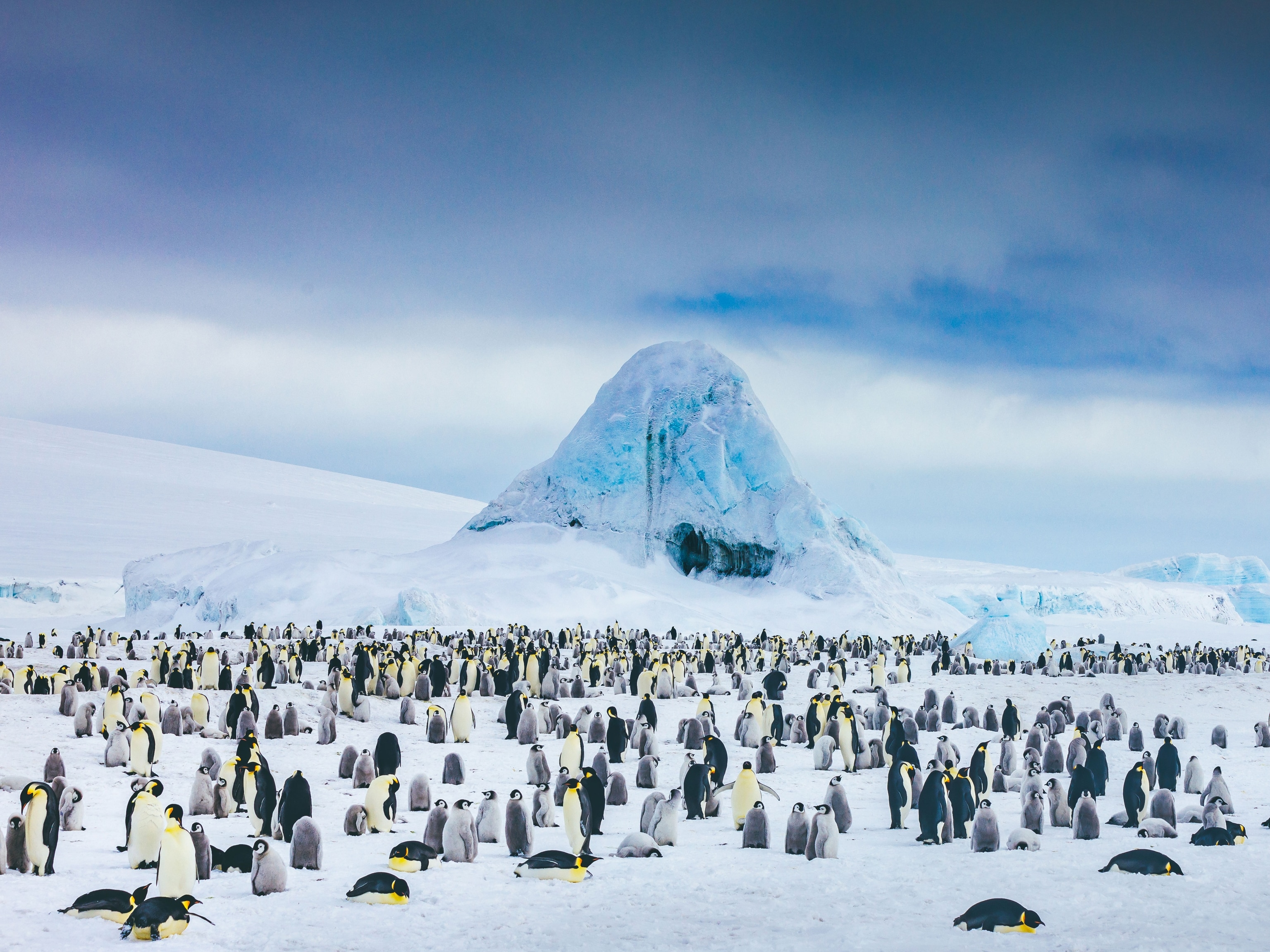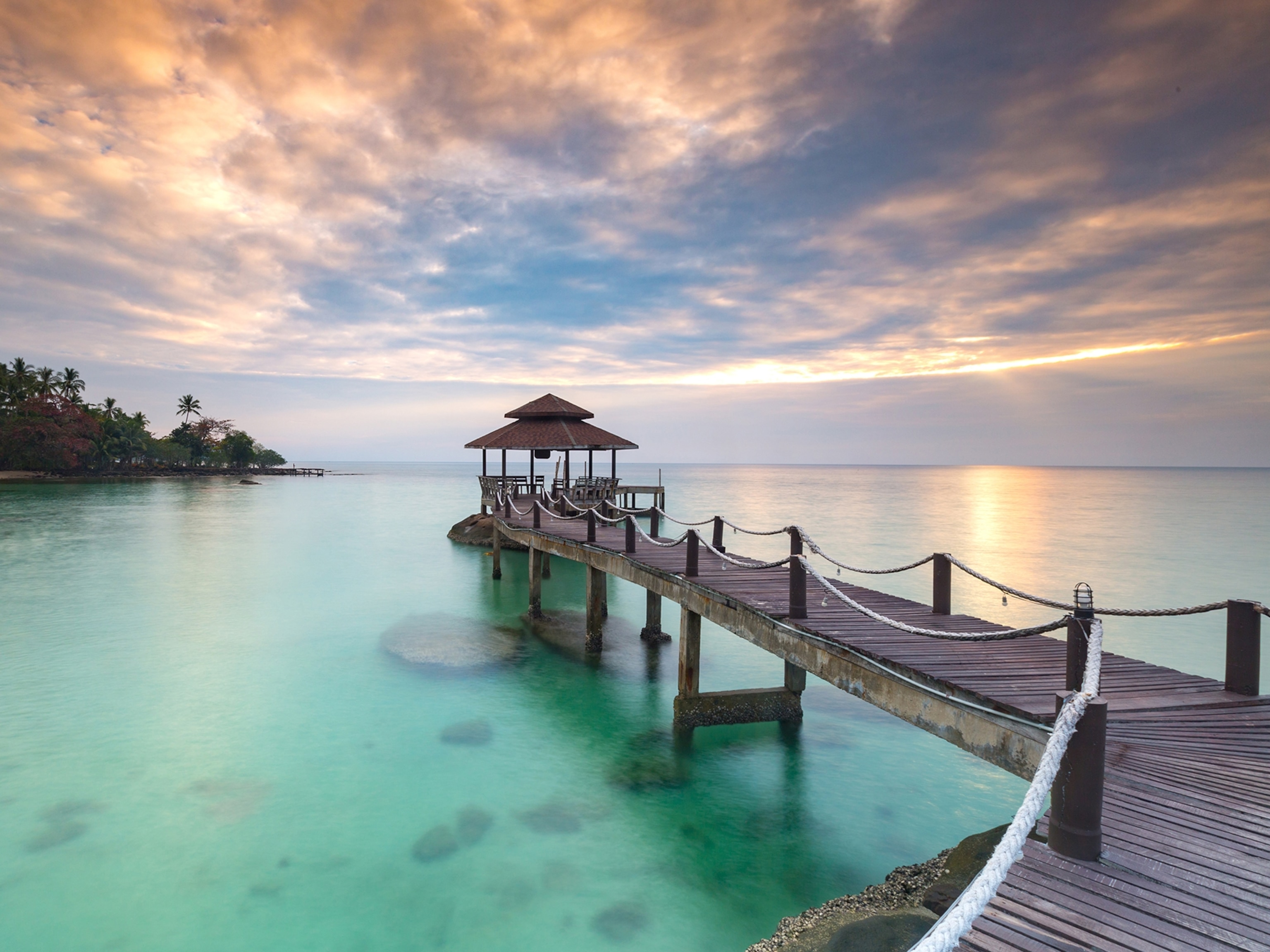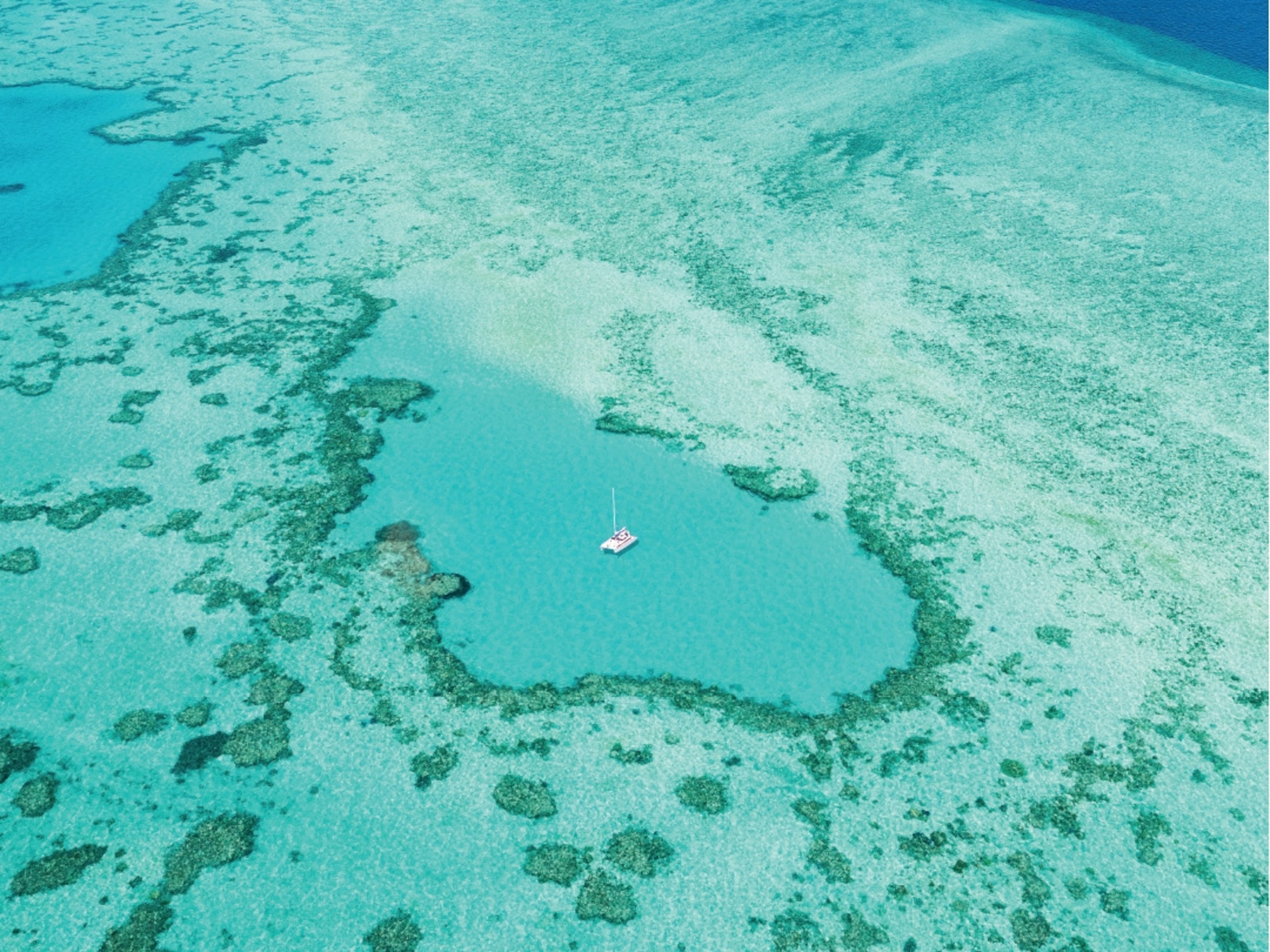
Where to swim with the sea creatures that inspired mermaids
The dugong is said to have influenced ancient mermaid legends.
A lesser known cousin of the manatee, the dugong (Malay for “lady of the sea”) is said to have inspired ancient mermaid legends. “Seeing dugongs in the wild is an extremely special experience,” says environmental scientist Erina Molina, who got hooked on life under the sea when she snorkeled for the first time at age 15. Now, a decade later, this National Geographic explorer is dedicated to preserving the wonders of the marine world; she enlists fishers of the Philippines to help track dugongs. Here she shares tips on how to encounter this vulnerable herbivore.
Where to go
Molina recommends two spots where it’s very likely for snorkelers and divers to come face to face with dugongs. In the crystalline waters of Calauit Island, Philippines, locals lead conservation-minded tours that often include an appearance by Aban, a sea cow celebrity. “The best time to see dugongs here is from March to early June, when the water is calm and clear,” Molina says. In Egypt, at the lagoon of Abu Dabbab, abundant seagrass sustains dugongs and giant green sea turtles.
What to do
When swimming with dugongs, go in small groups of four or five and limit encounters to 15 minutes. Keep a safe distance—around 15 feet away—and resist the urge to touch an animal. Instead, Molina advises, “keep still and be quiet.” If you’re snorkeling, move your fins slowly to avoid slapping the water. As long as they don’t feel disturbed, dugongs will keep munching on seagrass and providing great photo ops. [Read more tips for better wildlife encounters.]
Ways to help
Don’t buy products made from dugongs (leather, charms, jewelry, traditional medicine). They are strictly regulated, and in some cases banned, by an international treaty. To help keep coastal waters clean, avoid single-use plastics.
The National Geographic Society, committed to illuminating and protecting the wonder of our world, funds the work of Explorers around the globe. Learn more about the Society’s support of Explorers highlighting and protecting critical species.





